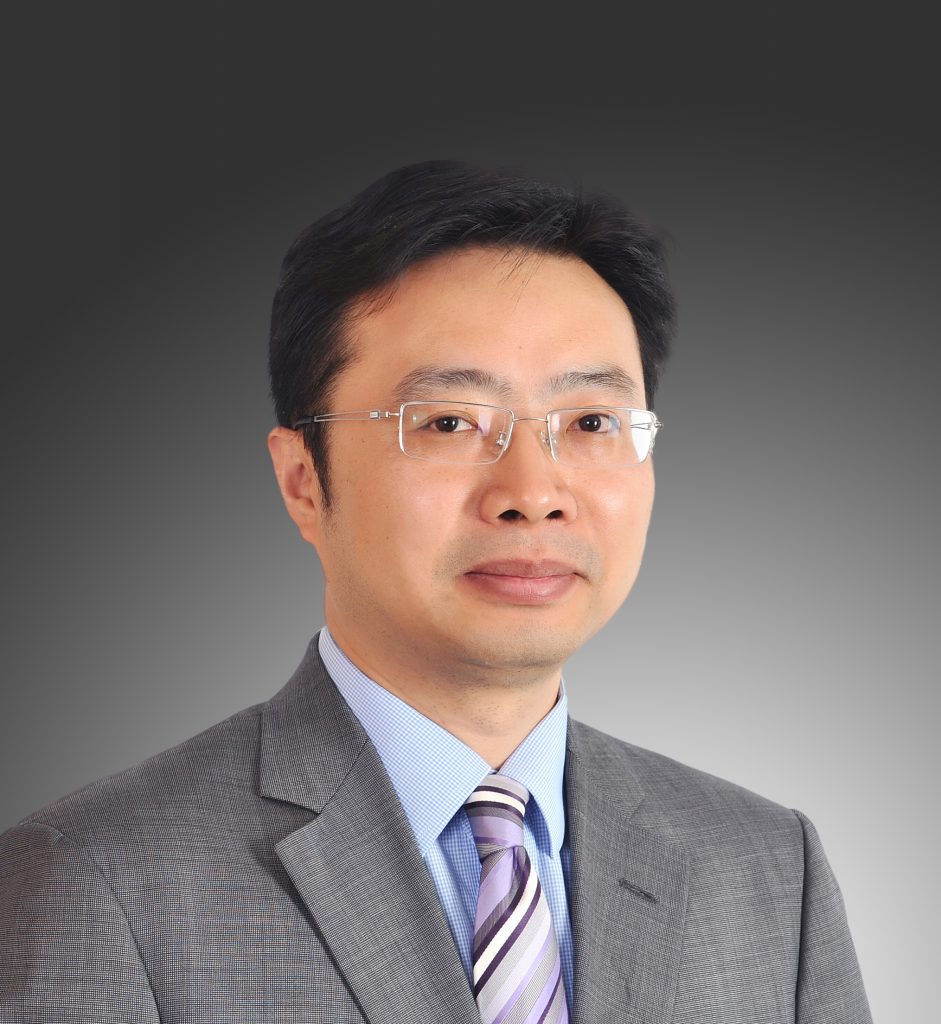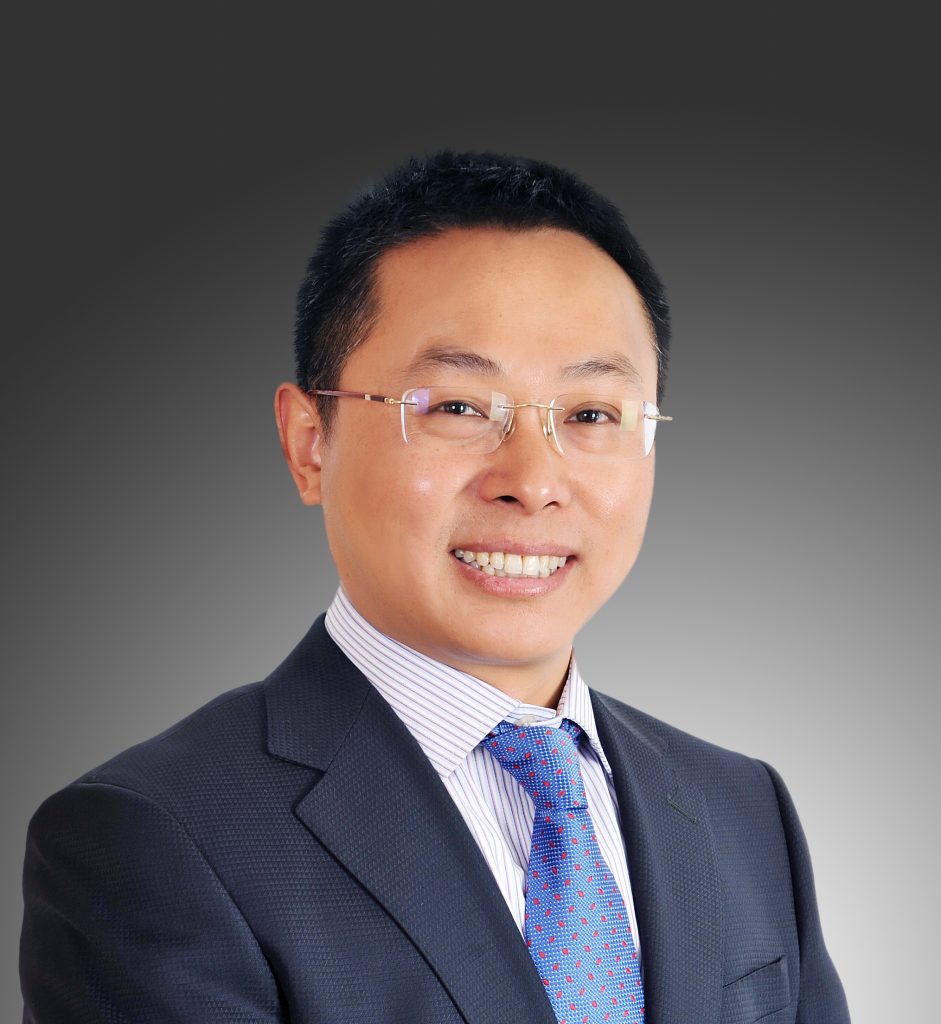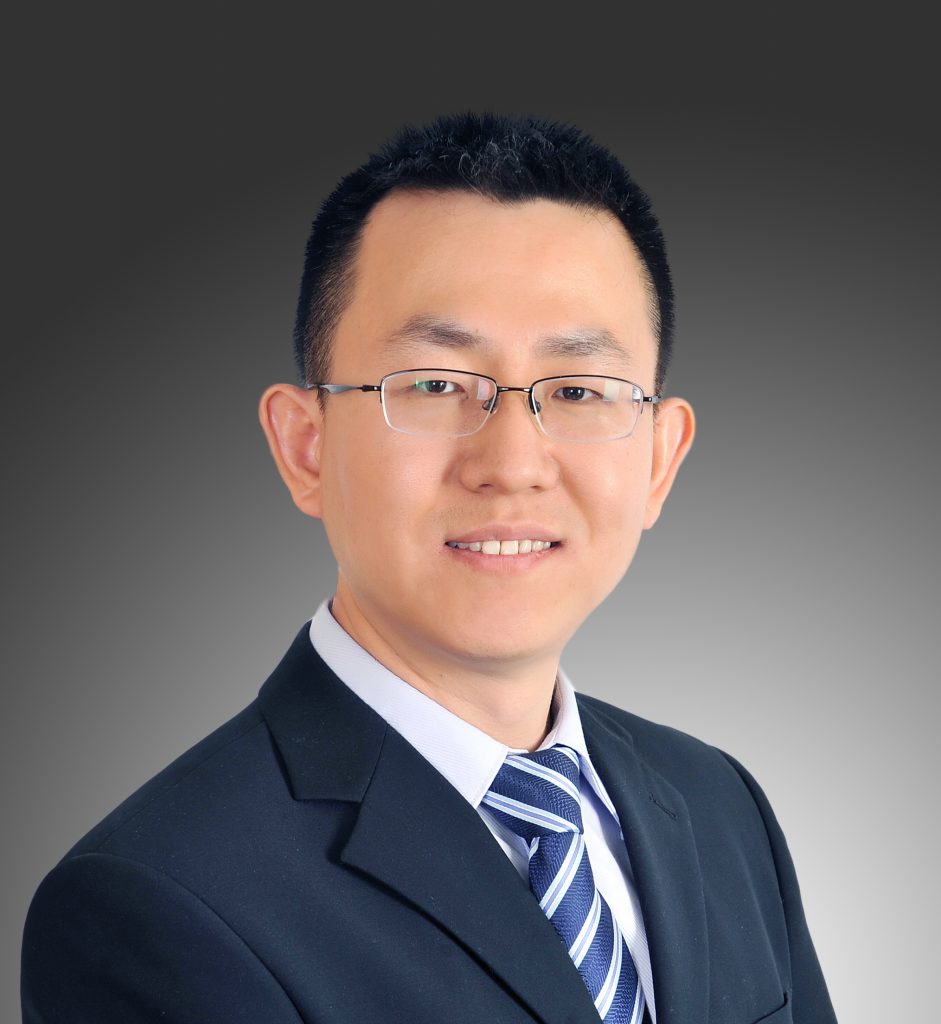With over 200 dedicated professionals, Beijing East IP has helped a full spectrum of clients – from startups to Fortune 500 corporations to domestic multinational companies – on their intellectual property issues in China.
Brief introduction of utility models
Jian Li, Qiang Lin and Xiaobin Zong
Beijing East IP
02 December 2022
Some essential aspects of utility model patent in China
China grants three types of patents: invention, utility model and design. Of these, the utility model patent is not granted in some other jurisdictions. In 2021, China saw more than 2.85 million applications filed and more than 3.12 million patents granted for utility models (www.cnipa.gov.cn/col/col94/). The statistics indicate that the possibility of procuring utility model patents in China makes it an attractive jurisdiction. In addition, more utility model patents inevitably lead to more litigation. Therefore, it is essential for multinational companies to understand the advantages of utility model patents and their challenges. To this end, this article will briefly explain some essential aspects of the utility model patent under Chinese Patent Law.
Definition of utility model
Chinese Patent Law defines a ‘utility model’ as any new technical solution relating to shape or structure, or their combination, of a product that is fit for practical use. Therefore, as far as the legislative purpose is concerned, the utility model patent offers protection for any improvement in shape or structure, or their combination, of a product.
The shape of a product refers to the shape of and space occupied by the product that can be observed from the outside. Improvements relating to the shape of a product may relate to the three-dimensional or the two-dimensional shape of the product.
The structure of a product refers to the arrangement, organisation and interconnected nature of each part of the product. A product may have either a mechanical structure or a circuit structure. The mechanical structure refers to the relative position relationship, coupling relationship and necessary mechanical matching relationship, among others, between the components or parts that comprise the product. The circuit structure refers to the fixed connection relationship among the components or devices that comprise the product.
Eligible subject matter for a utility model patent
According to the definition of utility model, the eligible subject matter for a utility model patent must be products that, at least, feature improvements relating to their shape or structure. The products must be objects manufactured by an industrial process, with definite shape and structure, occupying a certain space. Not all processes are eligible for a utility model patent.
For a product without a fixed shape, such as a substance or material in a gaseous, liquid, powder or particle form, its shape cannot qualify it as a utility model. However, products without a fixed shape are not categorically excluded from the patent protection for utility models. As expressly indicated in the Guidelines for Patent Examination of the Chinese Patent Office (the Guidelines), a product may have a technical feature relating to a non-fixed-shape substance, such as a substance in a gaseous, liquid, powder or particle state, provided that the feature of the product is structural. This is a feasible way to pursue a utility model patent for a product without a fixed shape. Take, for example, a product relating to a disinfectant in liquid state. The claim for a utility model patent may be related to the product possessing another feature that has a shape, such as a container with a specific shape that contains and, thus, distinguishes the disinfectant, or the feature, for example, that the disinfectant has been transformed into a solid form of a specific shape that constitutes an improvement relating to the shape of the product over the prior art.
In addition, as expressly indicated in the Guidelines, a composite layer such as a coating may be regarded as the structural feature of a product. Therefore, a utility model patent can be granted for a product if its improvement of the prior art relates to the following features:
- the product has a composite layer on at least part of it, while the prior art product did not on the same part; or
- the product has a composite layer on part of it and this has a different structure to that of the prior art’s composite layer (eg, thickness of the layer and number of sub-layers).
For a composite layer to be eligible for a utility model patent, however, there is one confusing issue that needs clarification: the chemical composition of a composite layer cannot constitute the structural feature required for a utility model claim. As a result, a product is not eligible for a utility model patent if its improvement over the prior art concerns the chemical composition of the composite layer.
Preparation and examination of applications for utility model patent
The application documents for a utility model patent must include a description, an abstract and appending drawings, and the claims. Thus, there is no substantive difference in the preparation of the application documents between a utility model and an invention patent.
At present, the examination system of ‘preliminary examination plus evaluation report’ is applied to the grant and subsequent enforcement of utility model patents. That is, only preliminary examination is required for the grant of a utility model patent, while granting an invention patent entails substantive examination in addition to preliminary examination.
The preliminary examination of a utility model patent application is focused on whether:
- the utility model is contrary to the law or social morality; is detrimental to the public interest; or falls under subject matter ineligible for patent protection;
- the application documents (including the request, description and claims) of the patent meet the formal requirements;
- the utility model falls outside the statutory definition of ‘utility model’;
- the utility model lacks novelty or practical applicability; and
- the utility model fails to meet the enablement or support-by-description requirement.
Such an examination system ensures that a utility model patent can be issued quickly, generally within six to eight months of filing. However, it inevitably means that some low-quality utility model patents are granted, of which some should be non-patentable for obviousness, even though a lower inventiveness standard is applied to utility models than inventions under Chinese Patent Law.
An increasing number of low-quality utility model patents has given rise to growing concerns over patent abuse, especially in some emerging industries. Recently, a member of the Chinese People’s Political Consultative Conference presented the proposal “To Regulate the Market Order of Lithium Battery Industry and Avoid Malicious Competition by Abusing ‘Problematic Patents’”, explicitly expressing such concerns over the abuse of low-quality utility model patents in the lithium battery industry. The Chinese Patent Office replied to the proposal, stating that stricter standards would be put in place for the primary examination of applications for utility model patents, including the examination of prima facie obviousness of a utility model. Further, the Chinese Patent Office suggested adding the examination of prima facie obviousness to preliminary examination, among other things, in the proposed draft amendment to the Implementing Regulations of the Patent Law, showing its resolution to actively reform the utility model patent system.
Enforcement of a utility model patent
Under the ‘preliminary examination plus evaluation report’ system, after a utility model patent is granted, the patentee or an interested party involved in a dispute over patent infringement may request that the Chinese Patent Office issues an evaluation report of patent right, which will list relevant prior art references and set forth examination opinions on the patentability (ie, novelty and inventiveness) of the utility model. In patent infringement litigation, the evaluation report is required to be submitted as a preliminary evidentiary document. If the report shows unfavourable opinions on the patentability of the utility model patent-in-suit, it is highly likely that the judge will suspend the patent infringement lawsuit, awaiting the outcome of the administrative proceedings before confirming the validity of the patent-in-suit. China adopts a split system (similar to the German patent system), under which patent infringements are determined by courts in civil proceedings, while invalidity challenges are heard by the China National Intellectual Property Administration’s Patent Re-examination and Invalidation Department and then reviewed by the specialised courts in administrative proceedings.
Except for the evaluation report, the enforcement of a utility model patent is substantially the same as an invention patent. In particular, the liabilities and remedies for infringement of an invention patent and a utility model patent are substantially the same, including pretrial and permanent injunctions, preservation measures and the compensation standard for damages. To date, the highest damages for patent infringement awarded by Chinese courts is Rmb330 million in CHNT v Schneider Electric SA. In this case, CHNT, a domestic manufacturer for electrical switches and sockets, sued Schneider Electric SA for infringing its utility model patent, claiming Rmb330 million in patent infringement damages, which was then supported by the district court.
Another controversial issue concerns the construction of a utility model patent claim containing a feature that does not relate to the shape or structure, or their combination, of a product (non-structural feature), such as a feature related to the materials of the product or a functional feature that defines part of the product by what the part can do. With such a non-structural feature, the question is how to consider its role in the evaluation of novelty and inventiveness and in the determination of patent infringement. The Supreme Court basically addressed this issue in Hu Xuehui v Yue Xia by holding that:
- any non-structural feature of a utility model patent claim should have a limited impact on the determination of patent infringement, and functional features should be narrowly interpreted as limited to the embodiment of structural features indispensable for implementing the function as disclosed in the description; and
- any non-structural feature should not be treated as a substantive feature that novelty and inventiveness of the utility model relies upon.
Be very cautious when drafting a utility model patent claim and introducing a functional feature. The best practice is to pursue an invention patent rather than a utility model patent if it is indeed necessary to include functional features in the patent claim to broadly claim your invention.
Unique double filing strategy in China
Chinese Patent Law provides that an applicant may file applications for a utility model patent and an invention patent on the identical subject matter on the same day, and the applicant may later abandon the utility model patent just before the invention patent is granted to avoid double patenting. This provisions allows for the unique strategy usually referred to as ‘double filing’.
The advantages of the double filing strategy are clear. If an applicant files on the same day two applications for an electrical device, one for a utility model patent and one for an invention patent, then the utility model patent will be granted within approximately six months of the filing date. The patentee can enforce the utility model patent immediately despite the pending application for the invention patent. By enforcing the utility model patent, the patentee may exclude its competitors from making and using the patented electrical device. Thus, the quickly granted patent right shall be the most desirable as the patented electrical device may be a type of product that has a short product life cycle. The patentee can maintain and enforce the patent right for the utility model until he or she abandons the utility model patent before the grant of the invention patent. It is clear that the double filing strategy can enable the quickly granted utility model patent to fill the gap of protection before the grant of the invention patent, whose application process generally spans more than two years.
Because of the above-mentioned advantages, the double filing strategy has been extensively used to patent those products that have a relatively short life cycle or may be easily copied and marketed. To prevent too many double filings, the Chinese Patent Office is now:
- not starting the substantive examination of any application for an invention patent filed under the doubling filing system until the end of four years from the filing date; and
- barring such an application for an invention patent from any expedited examination procedure.
Finally, the double filing strategy can apply for patent applications under the Paris Convention but not patent applications under the Patent Cooperation Treaty.
 Jian LI
Jian LI
Vice President, Beijing East IP
Jian Li is the vice president of the firm and is responsible for patent administration and docketing. Dr Li is a senior patent attorney and litigator focusing on chemical field-related matters, including prosecution, invalidation, re-examination, appeal and litigation before the China National Intellectual Property Administration, the Patent Re-Examination Board and the people’s courts. Dr Li also advises on corporate IP portfolio management.
Content from this author
Electrical Patent Division Manager, Beijing East IP
Qiang Lin is the manager of the firm’s electrical patent division, with over 18 years’ experience practicing intellectual property law in China. Mr Lin specialises in communication, computers, the Internet, integrated circuits and optical instruments. He primarily focuses his practice on software patents and business method patents in China. Mr Lin joined Beijing East IP in 2004 and has been helping many Fortune 500 multinational corporations in managing their patent portfolios in China. As an attorney-at-law, Mr Lin also has rich experience in invalidation and litigation, including before the Patent Re-examination Board and courts at all levels. In recent years, Mr Lin has also helped domestic start-ups and large corporations create and manage patent portfolios around the world.
Content from this author
Deputy Manager, Electrical Patent Division, Beijing East IP
xiaobin.zong@beijingeastip.com
Xiaobin Zong primarily researches lasers and optics, especially metrology. With over 10 years’ experience, Dr Zong has represented many renowned Fortune 500 US, European and Japanese corporations in over 1,000 patent applications. Since 2012, Dr Zong has actively assisted the firm’s Chinese clients in filing outside China. He has also represented clients in patent invalidation and re-examination and other prosecution matters.
Dr Zong represents many clients in claims against Chinese and foreign infringers, and defending infringement claims against adverse parties.
Dr Zong graduated from Tsinghua University, where he obtained his PhD in optical engineering from the State Key Laboratory of Precision Measuring Technology and Instruments, and his bachelor’s degree in mechanical engineering from the department of precision instruments and mechanics.
Content from this author
-
ABOUT US
-
PRACTICES
-
NEWS & EVENTS
-
Other Links
-
Contact Us
- info@beijingeastip.com
- +86 10 8518 9318
- +86 10 8518 9338





